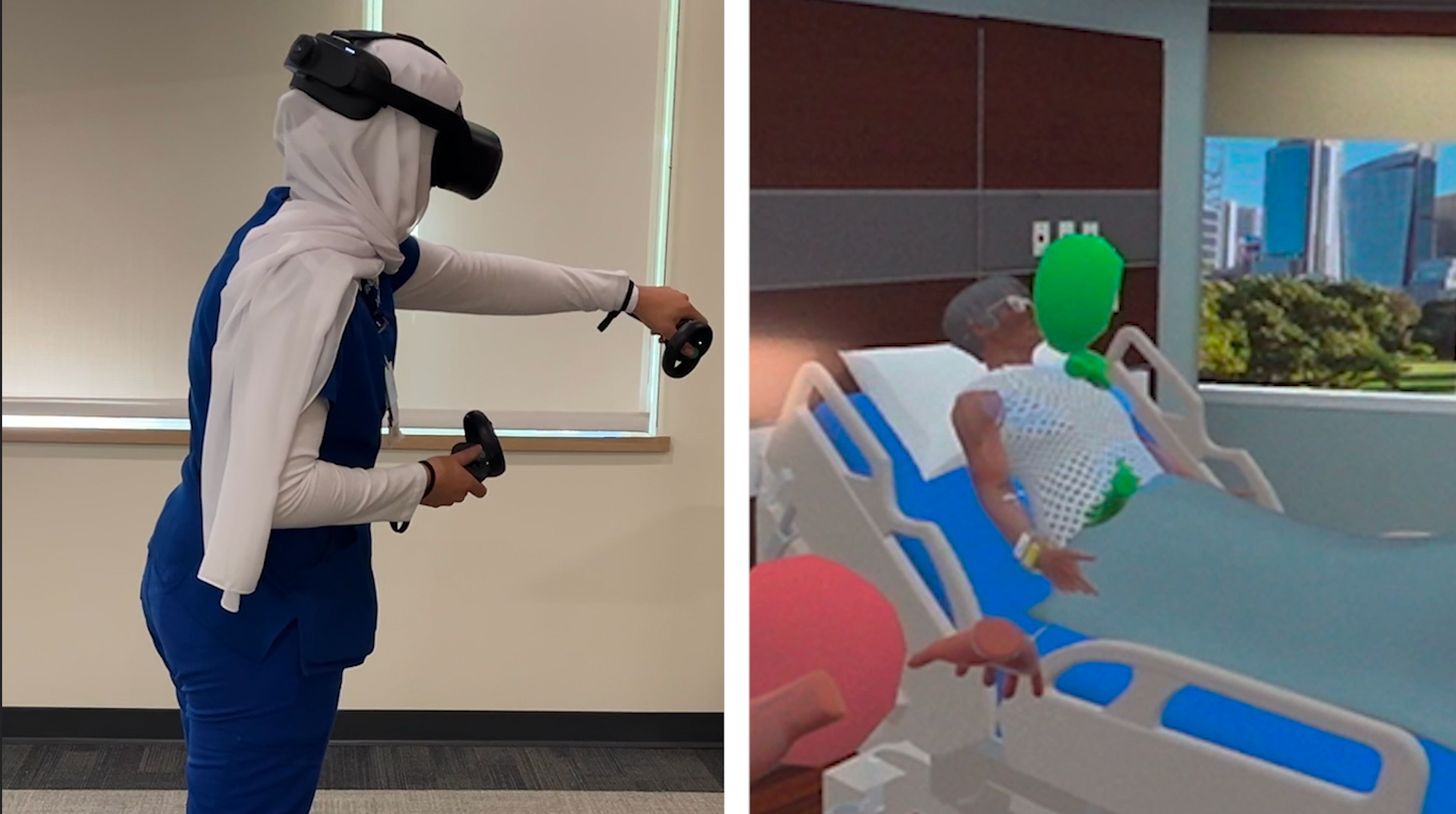ERs are experiencing worse wait times this summer as “waiting room medicine” gets creative

White Coat Black Art26:30Emergency care in crisis
Waiting hours or even days in the ER for a hospital bed should be considered unacceptable by Canadians, says an emergency room doctor.
But dr. Catherine Varner, who is also deputy editor of the Canadian Medical Association Journal, recently penned an editorial warning that emergency departments across the country are facing record-breaking waiting times and closures this summer.
“There have been times over the last two years when I’ve been in our waiting room with a lot of patients waiting to be seen, many of whom are uncomfortable and sick, where you want to scream on the rooftops and say, ‘This is how a collapsing health care system looks like,” Varner said in an interview with colleague Dr. Brian Goldman, host of CBC Radio’s White coat, black art.
This week prime ministers committed to it improving healthcare as a top priority after their meeting in Winnipeg. This is because ERs across the country continue to face overcrowding, record waiting times, lack of hospital beds, closures and staff burnout. The situation is critical for some patients, with reports across the country of people dying while waiting in hospitals.
Some studies suggest that patients who are hospitalized and have to stay in the ER because beds are not available on the wards are at a higher risk of death. they stay longer at the emergency department.
Canada’s prime ministers focused on healthcare funding and met with nurses today at their conference in Winnipeg. They are calling on the federal government to keep funding up with demand and help bring more foreign health workers to Canada.
Varner, who works in an emergency room in Toronto, said patients start out frustrated. But when people with a hip fracture, for example, have to wait hours for hospitalization, they tell her that fear sets in, which turns into ‘deep disappointment’.
It’s challenging to maintain a patient’s privacy in a waiting room, she said. This has led to what she says is a new field – waiting room medicine – where healthcare providers are adapting to seeing patients sitting in a chair in the waiting room rather than lying on a gurney or by using unconventional spaces, such as in an ambulance parked in the hospital driveway.
ER doors should never be locked, daughter says
But wait times aren’t the only problem Canada’s emergency room faces. Shelley Gosselin’s father, Charles Marsh, died before he could even get to an open emergency room.
Gosselin said Marsh, 78, was otherwise healthy when he had an asthma attack in February. He drove to the local ER in Bonavista, NL, for oxygen, but it was unexpectedly closed due to staff shortages. Marsh called an ambulance the next day and died on the way to another ER.

Gosselin, who spent 25 years as a nurse in the military, said it’s hard to look at the degrading health care system from both sides, knowing that people are dying because their medical needs go unmet.
“There were nurses at the hospital who could have opened the doors and let him in and given him oxygen,” the Ottawa resident claimed on Twitter. The current last week.
“Never, never should ER doors be locked and people who need the basics of life turned away.”
At the time, Eastern Health said in a statement to CBC News that it is unable to publicly discuss details of an individual patient case due to the Personal Health Information Act.
In March, the county’s health minister offered doctors $200,000 Sign Bonus to work in Bonavista.
‘The safety net’
Dr. Paul Atkinson, deputy editor of the Canadian Journal of Emergency Medicinesaid the ER closures in rural areas across the country should not be happening.
But Atkinson, chief of the emergency department of Horizon Health Network in Saint John, N.B., notes that there’s another problem contributing to the ER crowd: people looking to the ER for 24/7 access. to unplanned care.
ERs aren’t designed for that, he said; they are designed to deal with emergency situations such as cardiac arrests, strokes and injuries that threaten the limbs.
“But how do you do that if you’re also the safety net, if you’re also the recording room, the waiting room, if you’re also the primary care or the area people come to when they have nowhere to sleep on a cold, Canadian night?” he said.
Smaller communities have been hit hard by Canada’s healthcare crisis, with clinics, hospitals and emergency rooms forced to close or limit access. CBC’s Nick Purdon went to some of those communities to meet with the concerned patients and those seeking solutions.
Both doctors said there is no easy answer to the ER crisis and called for more resources. These include raising hospital beds, retaining experienced triage nurses and adding specialists, diagnostic imaging and operating rooms.
For example, Canada has one of the lowest rates of acute care hospital beds per capita OECD countriesat only 2.6 beds per 1,000 people.
Varner suggested expanding the role of nurse practitioners, dieticians, and counselors to allow patients access integrated primary care in a timely manner. That’s important, since there are so many of them GPs are retiring as that of the country population is also growing And agesshe said.
Atkinson hopes that innovation, such as receiving specialist advice for critically ill patients virtually, will also help smaller ER staff cope better.
How Paramedics Can Help
As a paramedic in Nova Scotia for more than 40 years, Kevin McMullin sees how his profession also adapts to new challenges. McMullin thinks he’s been called to help resuscitate cardiac arrest patients in a hospital “probably at least half a dozen times over the last few years.”
In June, a cardiac arrest at Soldiers Memorial Hospital in Middleton, NS, made headlines when nurses had to summon members of the Middleton Volunteer Fire Department to resuscitate a patient admitted to one of the floors.

McMullin, the business manager of the union representing paramedics and ambulance crews in Nova Scotia, said it is now normal for the county’s emergency medical center to send medical first responders from local fire departments and paramedics to Code Blues for hospitalizations. patients.
“They’re muttering and sighing at the system,” McMullin said of paramedics responding to hospital cardiac arrest patients. “If you’re in a rural area, you used to be able to transport to the nearest hospital [that] maybe only a 15 minute drive. Now your transport can take up to an hour. So it means that you have patient care problems for a longer period of time.”
McMullins proposed solutions to the ER crunch include:
The Nova Scotia health authority said on the night in question that Soldiers Memorial Hospital inpatient wards were fully staffed, including a physician on duty.
Despite the ER crunch, Varner stressed that anyone in need of emergency care should come. As always, patients requiring CPR are seen first.
“Be patient because we will see you, we will provide high quality care, but it may take longer,” she said.






